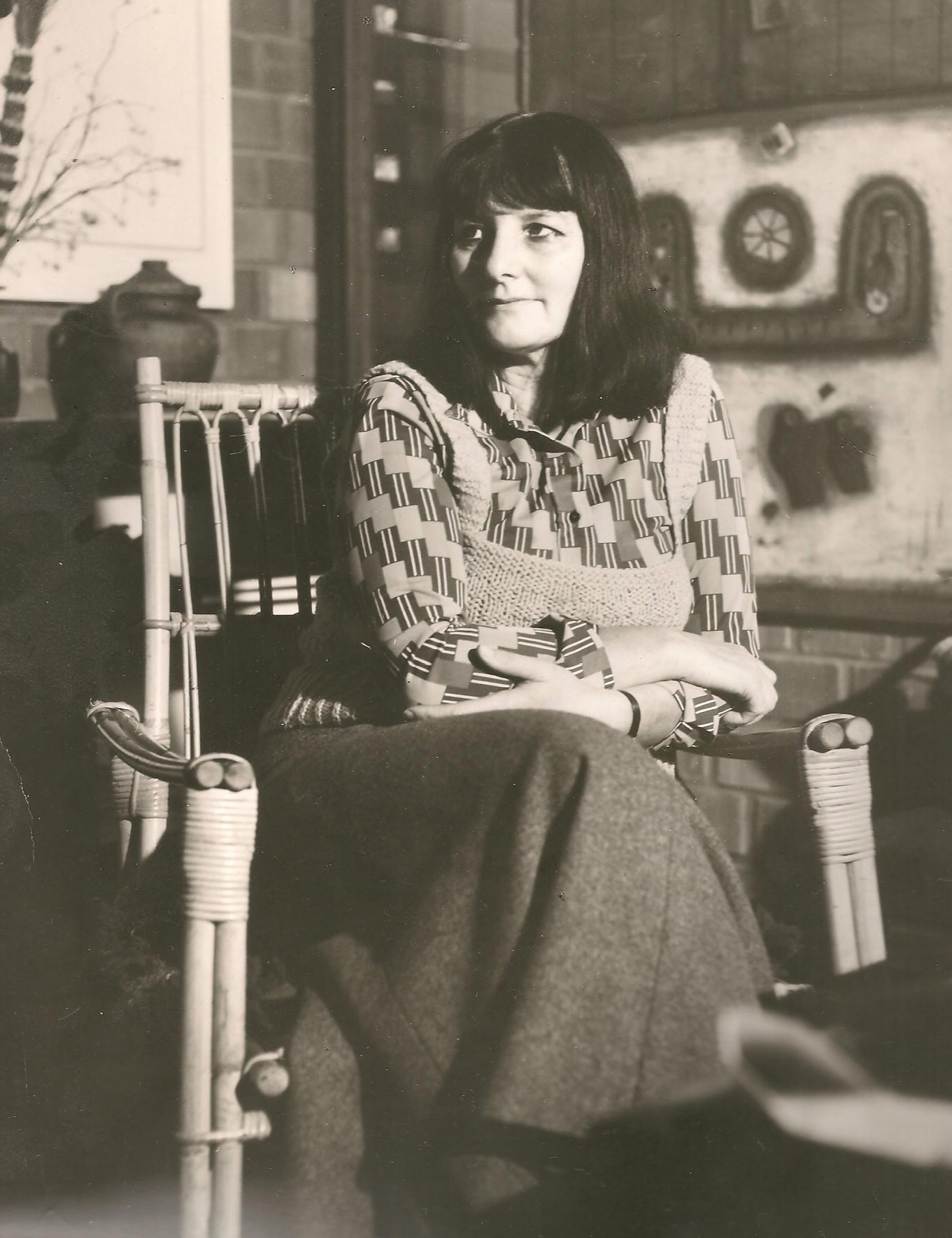→ ESTATE
Zdenka Golob
(1928 – 2018)
Ljubljana, Slovenia

THE ARTIST

As a painter, printmaker and illustrator, Zdenka Golob created an exceptional painting and graphic oeuvre, especially in the techniques of intaglio (etching, aquatint, mezzotint and drypoint), as well as oil, acrylic and watercolour. Her work as an illustrator for children and youth in books and the magazines Ciciban and Pionir is also significant. In addition to drawing and watercolour, she was one of the first to use collage with various recycled materials from magazines and other publications for her illustrations of simplified realistic shapes.
She was born at St. Trojica (Gradišče) in Slovenske gorice. Her path to academic education and career was not easy. She initially received her art education in a sculpture course in Maribor, where she worked at the MTT textile factory, and later attended painting studies with Gojmir Anton Kos at the Academy of Fine Arts in Ljubljana as a scholarship student. During her studies she also formed a family. After graduation in 1954, she worked as a college teacher in Novo mesto and was later employed in the Mladinska knjiga bookstore and in the library of the scientific research Jožef Stefan Institute in Ljubljana. She was active also within the Slovenian Association of Fine Arts Societies (ZDSLU) and, as vice president of the association, strove to improve the status of artists and their position in society.
In 1968, she obtained the status of a freelance artist. While making illustrations for a living, she frequently exhibited, often together with her husband, Bogdan Borčić, and also at many international graphic exhibitions and biennials around the world. Among other exhibitions, she participated in the Biennale of Women Fine Artists of Yugoslavia in Slovenj Gradec, 1972, 1988). She also participated in many international arts colonies, where artists from the East and the West met and created together, and which were an important source of inspiration for her. In 1979, she received the Prešeren Fund Award for her solo exhibition of prints at the Labirint Gallery in Ljubljana. Her most comprehensive solo presentation was at the International Centre of Graphic Arts (MGLC) in Ljubljana on the occasion of the artist’s 85thbirthday in 2013. Her works are found in international collections of graphic arts, including the Albertina Museum in Vienna.
THE ESTATE

The artist’s estate contains everything from documents, photographs, posters, catalogues and press coverage to sketches, drawings, graphics and paintings. Her modernist artworks, with their own world of themes and motifs, are saturated with existential and ethical questions and essentially a poetic statement. They move in a dialectical relationship between two human existences: solitude and collectivity in the face of the individual and the universal, intimacy and the attempt at exchange. Research enthusiasm and melancholic anxiety intertwine through iconic images (based on a mannequin). With an analytical structure, schematization and the introduction of colour, the artist followed an artistic model based on visuality and metaphysical effects, while at the same time introducing the world of symbols and the importance of imagination.
Like most of the women artists of her post-war generation, who were in the background to their fellow artists, she bravely paved her way to the art scene as a freelance artist. This was more the exception than the rule for a female artist in her time. She was active in painting and especially printmaking that was on the rise in Slovenia during her formative years and also popular due to the medium’s potential democracy. Alongside her creative work, she took on various side jobs, which was necessary for survival purposes, since it was not possible to live from (selling) her work. This is why, like many female artists, she also worked in illustration, mostly for children’s books and magazines.